Eating Down The Fridge
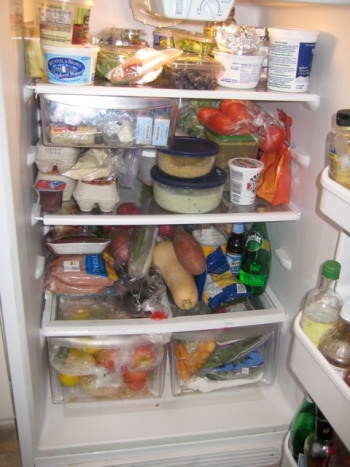
I recently read about a national movement called "Eating Down the Fridge" in the book The Kitchen Counter Cooking School (Kathleen Flinn, Viking, 2011). The idea is to avoid buying groceries for a week, and instead trying to use the food remnants usually lingering in the fridge.
One of the chefs quoted in the book, Thierry Rautureau, even suggested we put a favorite photo or picture in the back of the fridge: "You'll want to see it, and if you can't there's something wrong. Your fridge shouldn't be that full." This then becomes a reliable signal to eat down the fridge.
"Eating down the fridge" is simply using older products first and is known in the restaurant world as rotation; it's an effective way to avoid food waste. Large, see-through containers and bins are carefully labeled with dates, etc. Chefs plan their menus and "daily specials" around this important information.
The goal of a professional chef is to keep only what is needed and use only what is kept. For us home cooks this would be a good practice as well; research says that having less food in the fridge actually pushes us to cook better—to make something different and to also come up with substitutions. For instance, let's say the recipe calls for green pepper, but I only have zucchini; I give it a try using this zucchini and come up with a great dish while at the same time using up what's in the fridge.
Back to chef Thierry, who shares some fundamental eating down the fridge strategies. He says to think soup—it's a gift for leftovers. This strategy amounts to unloading all the unused vegetables from the fridge, adding a little water or stock, and finishing with any leftover protein—chicken, ham, roast beef, etc. Once seasoned to taste, you have a delicious meal that is quick and easy to make.
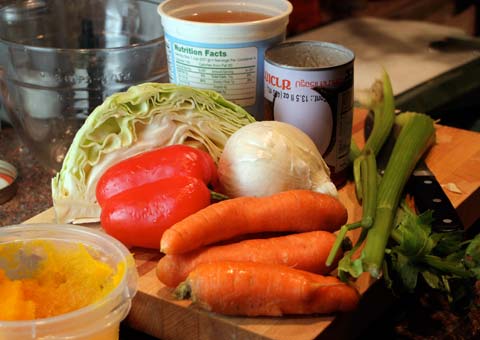
And speaking of managing fridge contents, there are some things that just don't belong in there. Lemons, limes, tomatoes, bananas, cantaloupe and other melons, onions, and garlic either turn rubbery or experience unpleasant flavor changes when refrigerated. And fresh herbs (parsley and cilantro, for instance) should be stored like flowers, the stems snipped slightly and placed in some water.
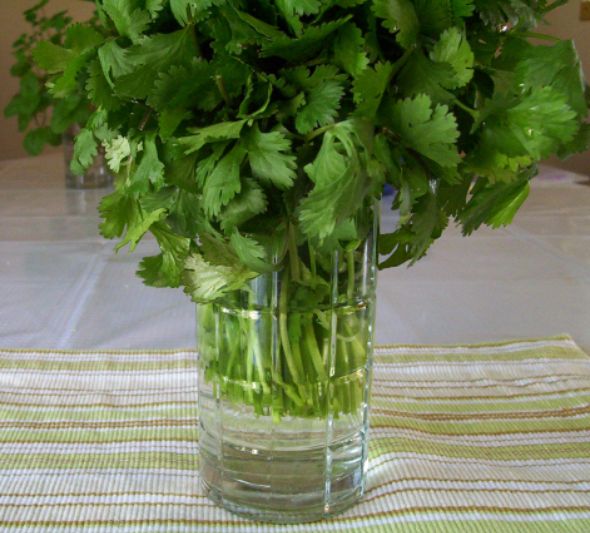
I was especially interested in the suggestion the book gave for what to do with that large bunch of parsley I too often let go to waste (it's so hard to cook for just two people). Chef Thierry explained how to make a type of pesto sauce with it: Chop it up in a food processor with olive oil, garlic, and perhaps walnuts. Then freeze it in ice cube trays for use later on, maybe tossing them in with some drained pasta and roasted veggies, for instance.
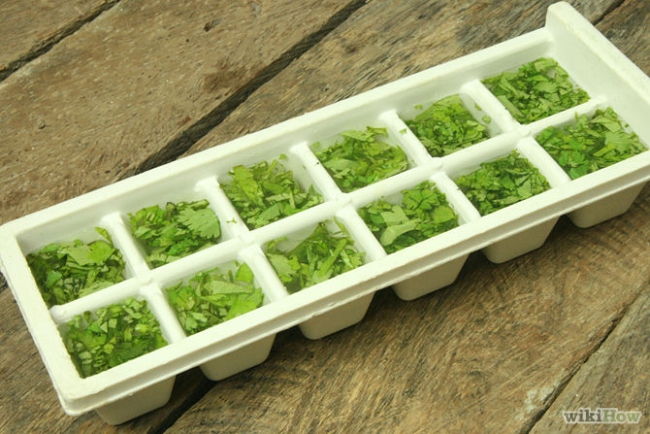
Finally, one last suggestion: "Desperation Pasta." Start by seasoning water with salt and pepper. After the pasta has cooked a few minutes, add a few broccoli florets cut from the stalks and some carrot strips cut with a vegetable peeler. After about 2 minutes, drain your pot, sprinkle olive oil and grated Parmesan cheese over it all and serve. I tried it recently substituting asparagus for the broccoli and also adding cut up cauliflower that was lingering in my crisper drawer. This is another quick, tasty, and pretty dish that helps you "Eat Down the Fridge."
- www.thatszogood.wordpress.com
- www.nisbets.com
- www.thewholekitchen.wordpress.com
- www.examiner.com
- www.wikihow.com
 Alice Osborne
Alice Osborne
Weekly Newsletter Contributor since 2006
Email the author! alice@dvo.com

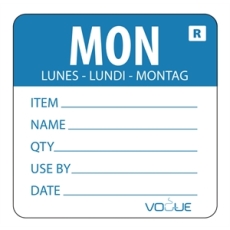 "Eating down the fridge" is simply using older products first and is known in the restaurant world as rotation; it's an effective way to avoid food waste. Large, see-through containers and bins are carefully labeled with dates, etc. Chefs plan their menus and "daily specials" around this important information.
"Eating down the fridge" is simply using older products first and is known in the restaurant world as rotation; it's an effective way to avoid food waste. Large, see-through containers and bins are carefully labeled with dates, etc. Chefs plan their menus and "daily specials" around this important information.